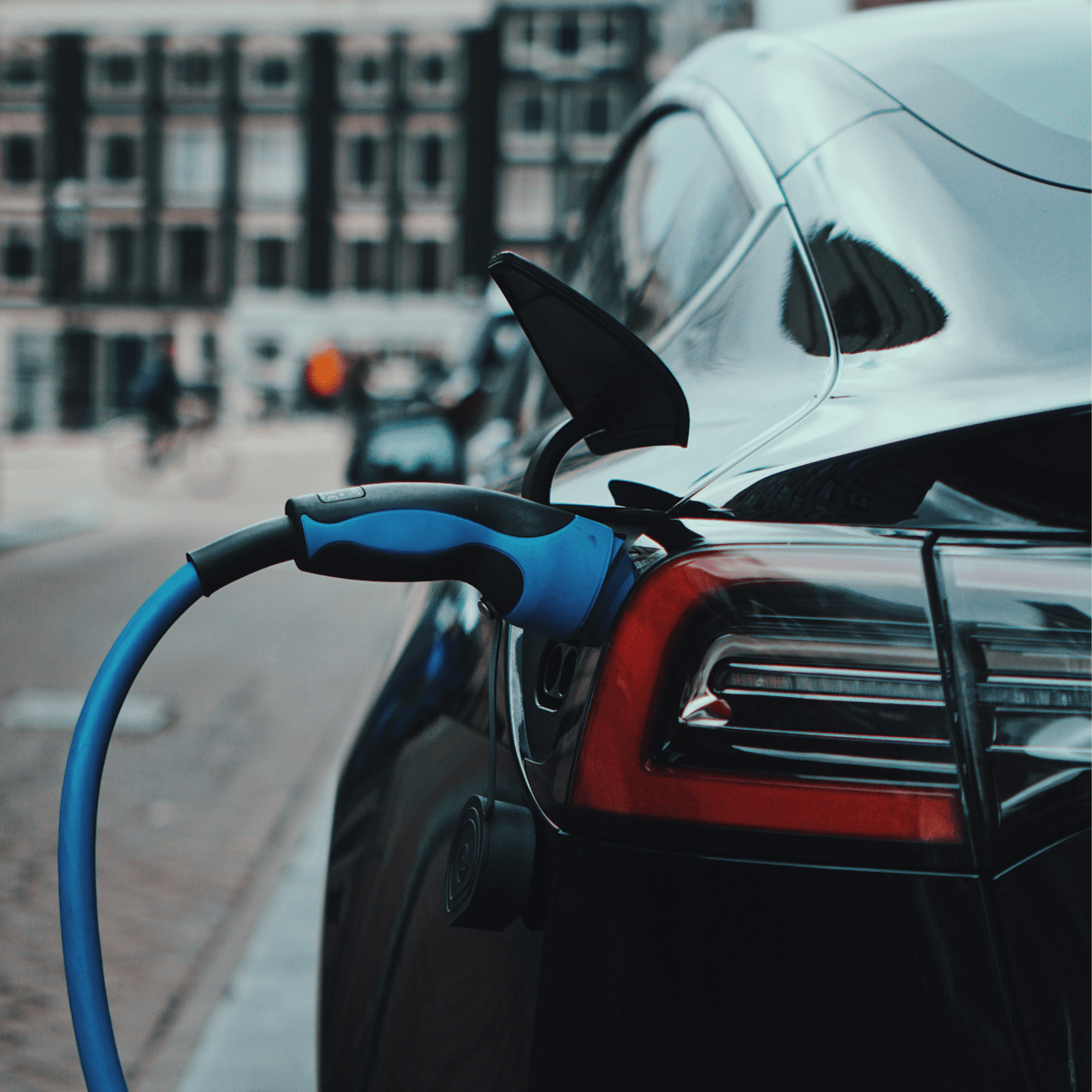How carbon traps heat from the sun in the atmosphere
Many companies are talking about reducing carbon footprints and achieving net zero emissions, but what exactly does the term ‘net zero’ mean?
Net zero means achieving a balance between the carbon released into the atmosphere and the carbon removed from it. Net zero occurs when the amount of carbon we add to the atmosphere is no more than the amount removed. This can be achieved through a combination of emission reduction and emission removal.
The carbon we are referring to is carbon dioxide or CO2, which is made up of one atom of carbon and two atoms of oxygen. Carbon dioxide is released when humans or animals exhale and when materials are burned or decomposed. CO2 is beneficial because plants use it during photosynthesis to make food.
The emission of CO2 and consumption of CO2 is called the carbon cycle. When more CO2 is emitted than consumed, it results in a change in the earth’s atmosphere: the more CO2, the more heat is retained through a phenomenon called the ‘greenhouse effect’ resulting in increasing temperatures and climate change. Climate change causes fluctuations in weather patterns such as storms, wildfires, and droughts which affect people, plants and animals’ ability to thrive.

Electric vehicle charging
In 2021, Canada’s largest carbon footprint sources were the oil and gas sector (28%) and the transportation sector (22%). So, how can we reduce carbon emissions?
One big step is moving away from internal combustion engines that use and burn gasoline to power vehicles and replacing them with electric vehicles (EVs). This would reduce our reliance on the oil and gas sector and the number of vehicles emitting CO2.
As part of Canada’s climate plans and targets, the federal government has laid out a roadmap to reduce emissions and achieve net zero emissions by 2050. As part of this plan, automakers will be required to sell only zero-emission vehicles in Canada: at least 20% of zero-emission vehicles by 2026, 60% percent by 2030, and 100% by 2035.
Our Eagle’s Nest Project contains the high-grade nickel needed for the batteries that go into EVs. There are multiple EV battery factories planned to be built in Canada over the next few years and we have an opportunity to create a local supply of nickel for use in these batteries mined sustainably in partnership with local communities. We are also looking into implementing sustainable and electric technologies at our mine site to further reduce CO2 emissions as we aim to be a net zero operation.








